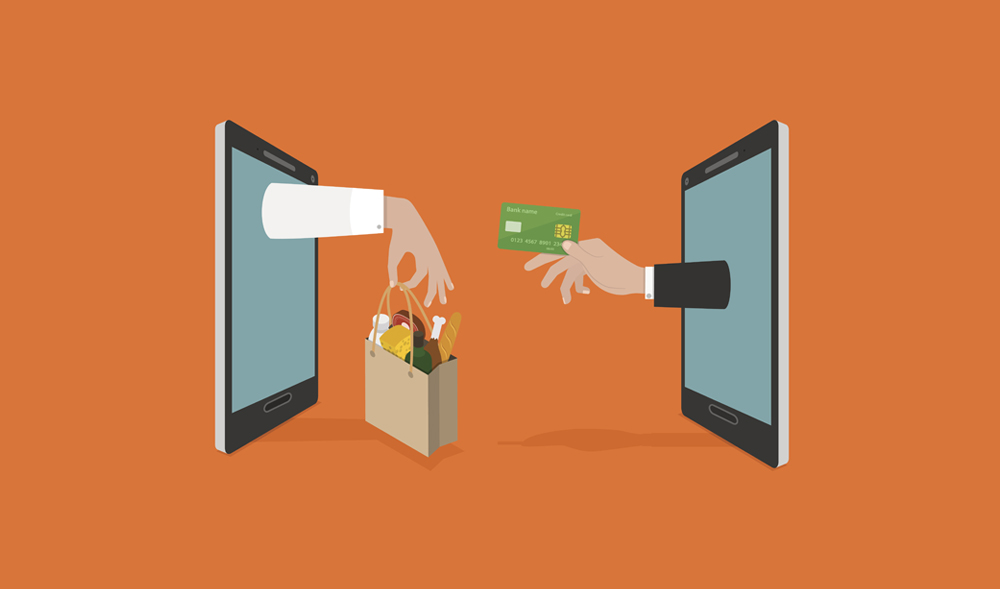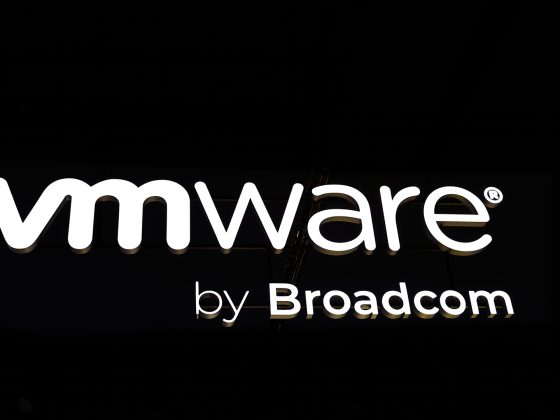Whether it’s turkey and stuffing for U.S. Thanksgiving, jiao zi to celebrate the Chinese New Year, or mithai for Diwali – holidays typically mean food.
The way your food gets from the farm to your fork is changing – and technology is playing a vital role. Robots are already taking orders in burger joints, social media is being used to cut food waste and trace cases of food poisoning, while drones are being tested for home food delivery. What’s more, data and analytics are helping to improve food safety, boost customer satisfaction, and offer new ways to manage risks in real time.
From our partners:
It’s all big business: The global food tech market is estimated to reach more than $250 billion by 2022. This growth suggests that the food and agribusiness industries are on the cusp of a tech-driven transformation. The next few years will provide a glimpse of how businesses will evolve, what it means for consumers, and the unforeseen risks that could accompany such rapid progress.
IN DEPTH
Many of the food industry’s new technology applications reflect changing consumer tastes and lifestyles. “Food delivery is the most obvious example,” says Tami Griffin, U.S. Food, Agribusiness & Beverage Practice Leader, Aon. “The meal kit delivery business has exploded in recent years in an effort to serve busy consumers eager for high-quality home-prepared meals.” Led by companies such as Blue Apron, Chef’d, Plated and Purple Carrot, meal kit delivery is a $400 million market that’s expected to grow to 10 times that size over the next five years, according to research and consulting firm Technomic.
Technology companies have seen the potential in the food business. Facebook and Uber have made plays in the food delivery space, while Amazon has purchased Whole Foods for $13.7 billion. The arrival of these online giants looks set to pick up the pace of innovation in the food and agribusiness industry, particularly by using data and analytics. As other companies flock to get in on the action, the way in which food is produced and delivered will continue to evolve rapidly in the coming years.
From Safety To Delivery: How Technology Helps Food And Agriculture
The most visible signs of technology’s impact on the industry have been in delivery. However, incumbents as well as tech start-ups are starting to make their mark on every stage of the production and sale of food.
Supply chain transparency and food safety
Food industry companies are beginning to see the benefit of technology in tracking supply chains and improving food safety. “Technology can provide greater transparency into increasingly complex supply chains. The potential in terms of efficiency could be huge for food companies,” says Griffin.
U.S. retail giant, Walmart – along with nine food manufacturers including Unilever, Nestle and Dole – has recently partnered with IBM to explore how blockchain could be applied to their food supply chains to improve food safety. “These companies are trying to use blockchain and other technologies to track their supply chains from the farmer to production and distribution,” says Griffin.
Food companies are also beginning to employ technology in their food testing, providing new and faster ways to identify infections. Griffin notes: “With tech-driven tracking systems, food processing companies will be able to identify safety issues in their plants and address them before products leave their walls, rather than after consumers have become ill.” Such capabilities could significantly reduce the risk of food-borne outbreaks and reduce exposures due to legal and reputational risk.
Set up in 2009, U.S. crowd-sourcing site iwaspoisoned.com allows users to report suspected cases of food poisoning. The site shares that information with public health departments and has been used to help identify and track outbreaks in their earliest stages. The site has been credited with identifying three outbreaks in 2017 alone.
Increased efficiency
Technology promises other business benefits. While robotics applications are in their infancy in food and agribusiness, they could reduce labor costs and increase efficiency. Meanwhile, in a step beyond ordering online or via mobile apps, many restaurant chains, such as New York–based Shake Shack, have begun deploying cash-free kiosks for ordering within restaurants. Supported by in-store “hospitality champs,” the kiosks aim to reduce ordering errors, speed food prep, and enhance the customer experience.
Feeding the greater good
Expanding the use of technology in the food and agribusiness industry also holds the promise of broader societal benefits, such as reducing food waste. More than one-third of all food in the U.S. is wasted each year, according to the U.S. Department of Agriculture. But new applications are providing a cost-effective way for businesses to put excess food to good use.
“We’re seeing the development of food donation platforms,” says Griffin. California-based CropMobster, for example, connects farmers and others with perishables that are about to expire with those who can use that food. Similar platforms around the country help divert food products from landfills.
Unknowns And Emerging Risks
However, the greater integration of tech into the tightly regulated world of food and agribusiness could create new risks that the current set of hygiene and processing guidelines don’t already address.
As a result, companies could find themselves facing heightened ambiguity and potential risks.“Technology companies tend to move much quicker than regulators,” says Eric Boyum, Managing Director, U.S. Technology & Communications Industry Practice, Aon.
While food and agribusiness companies are already acutely aware of existing risks – regulation was cited as one of the top risks in Aon’s 2017 Global Risk Management Survey – tech companies that enter the industry may create partnerships or introduce services that outpace current guidelines. Using drones for home meal delivery is just one example. Until regulations catch up, companies may find themselves balancing tantalizing business opportunities against the risk of future measures that curtail such activities.
Griffin points out that regulators will also have to evolve in response to the influx of technology into the food business: “There are still some gray areas that regulators will have to figure out.” For example, in the food delivery business, regulations concerning the sanitary transportation of food don’t apply to companies such as FedEx or UPS that are delivering meal kits, creating a potential liability gap.
Increased Connection Points Lead To Greater Cyber Vulnerabilities
Companies in every business are having to keep up with the constant pace of tech-led disruption, and food companies are no different. Employing various new technologies and partnering with vendors such as online delivery services can result in greater exposure to cyber risks. And while food executives didn’t cite cyber among their top five projected risks in the 2017 Global Risk Management Survey, the top risk – damage to reputation and brand – would be directly affected by a cyber attack on customer information.
Companies that deal with large volumes of data are normally attractive targets for cyber criminals – a risk that could only get bigger as these businesses rely on more and more tech companies to help them.
Real-Time Data Can Mean Real-Time Risk Management
The modern food and agribusiness industry is generating vast amounts of data at a dazzling speed. Almost every piece of equipment in the farmyard, from the irrigation system to the grainstore, is processing and recording data which is being uploaded to cloud-based systems. Beyond questions of risk, companies in other industries, such as health care, have demonstrated that data ownership can create opportunities for new business models.
As food and agribusiness firms collect data on their processes, suppliers and customers, they will need to determine who ultimately owns and has control over those records. “Even though food and agribusiness companies might be working with partners that are aggregating data, they certainly want to be the owners of data,” says Griffin.
One of technology’s most exciting prospects is greater access to large volumes of data. Boyum explains: “With more data than ever before, organizations have the opportunity to make decisions based on real-time data as opposed to relying on historic trends. Having an idea of what’s happening right now can be very powerful in mitigating a risk before it actually happens.”
If, for example, a fast food chain experiences a recall, with increased technology giving way to a more transparent supply chain, the organization is better equipped to capture where the tamper occurred and move quickly to address.
“When you go from looking at the past to looking at the present, the way in which you deal with risk changes immensely,” says Boyum. “In this paradigm, companies can understand what is happening now so that they are better able to manage risk.”
This feature originally appeared in Aon.
For enquiries, product placements, sponsorships, and collaborations, connect with us at [email protected]. We'd love to hear from you!
Our humans need coffee too! Your support is highly appreciated, thank you!




